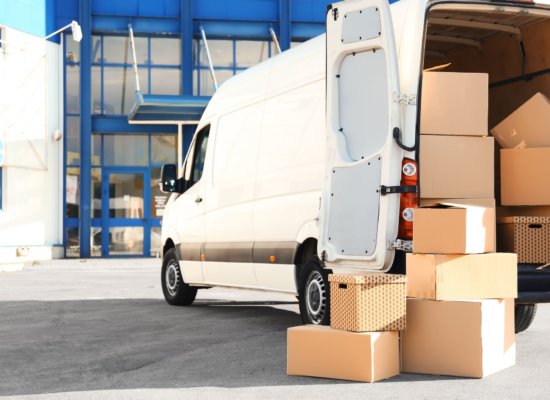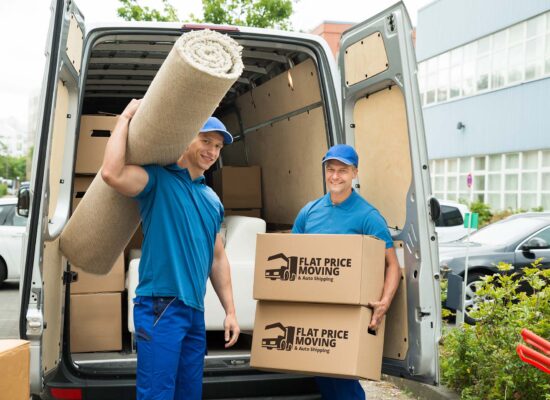How to Protect Items in Storage Units – Tips for Secure Packing
Whether the value of your belongings is a monetary or sentimental one, how to protect items in storage units properly is a million-dollar question. Treasuring your possessions is a simple philosophy that lies behind it all, but it doesn’t mean the undertaking of finding a self-storage unit will be an easy job. Handling all the details and keeping your household goods safe is the greatest concern of every homeowner. Even the recent study showed that relocating your home tops the list of most stressful life events, which doesn’t come as a surprise, especially when it comes to long-distance moving. Here are the tips to help you secure everything you own during the transition or pack the items the right way to create more space.
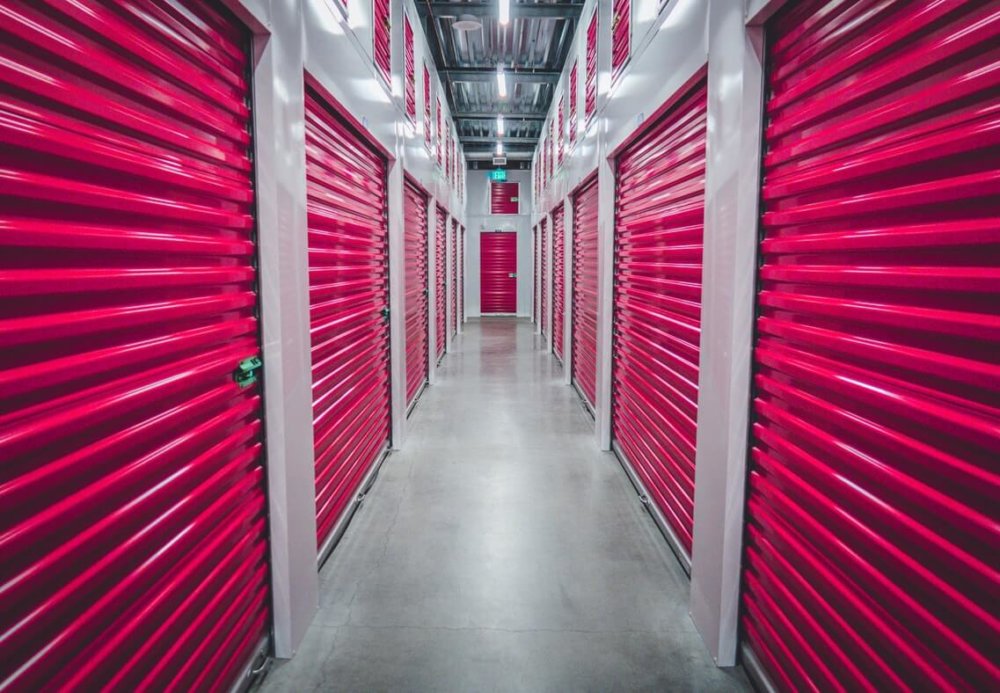
Start With Deciding What to Put in Self-Storage Unit
If you want a stress-free relocation, it’s essential to understand what household objects you need to store. Also, the rules will be different if you’re letting your prized possessions sit in storing areas of your own home or opting for a self-storage rental facility. Whatever the reasons to move your things from one place to another might be, there are a few things to consider beforehand. If you wonder how to save on relocation costs, you should probably have to rethink the quantity of stuff needed to be stored and donate unwanted things or sell them. Keep in mind this moving tip when it comes to prioritizing the things you use: store the ones you’re not using often in the back of the unit and everything else you might need quick access to at the front.
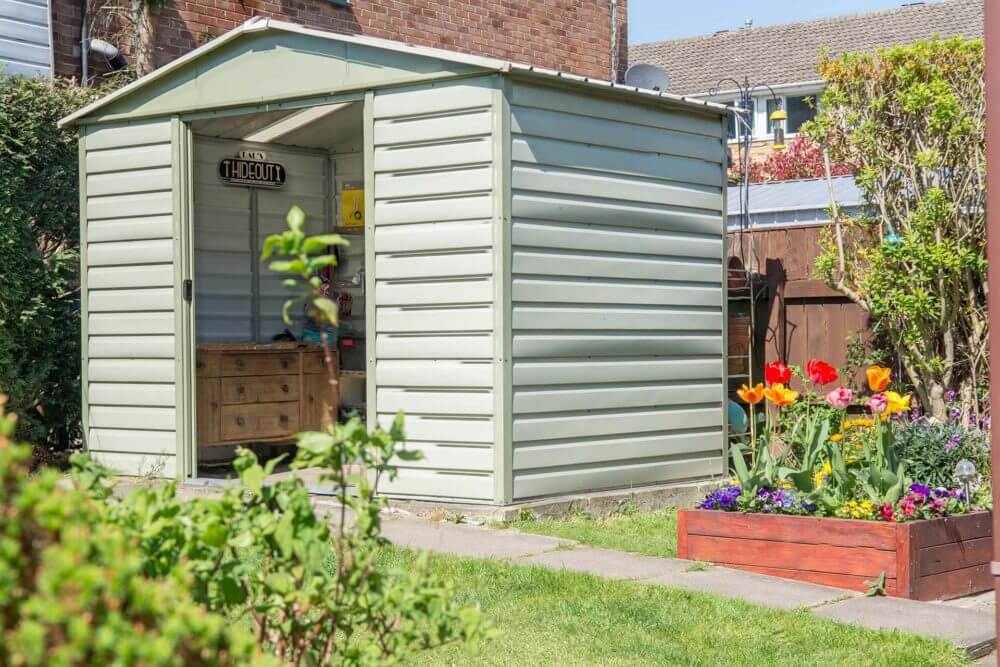
Choose the Right Storage Facility for Your Belongings
If relocating for the first time, understanding your needs will come in handy when choosing the right type of storehouse. Will it be your own basement, or you’d rather consider renting a space to store your stuff? How vulnerable your belongings are will further determine each step. Well-maintained space is something that goes without saying because nobody wants to risk possessions like expensive clothing, artworks, or electronics. Putting the time and effort into thoughtfully protecting your stuff will make even relocating to another country much easier and spare you the pain of damaging the things you love.
Make Detailed Inventory List of Your Household Goods
Creating a comprehensive inventory list is beneficial for many reasons. However, some of the most important ones must be it will help you determine the store size and keep track of the storing process better. Writing down while packing will make overall organization super easy.
Don’t Start Searching the Last Minute
It’s well known that a good organization is half of the job, so make sure you start planning early enough. Making hurried decisions is the most common reason why relocating is so stressful, and that’s what you want to avoid when the time for your cross-country moving comes. If you’re trusting your household goods to a long-distance moving company, make sure the storage service they offer is the most convenient for you. The best way to do that is to do your homework and do proper research.

Packing Supplies Needed
The process of packing and relocating will be much simpler with the suitable packing materials, most of which you’ll find stacked in your own homes – blankets, towels, or any other soft material that can serve as a protective cover. However, purchasing best-sized boxes, packing paper, bubble wrap, and high-quality tape is one of the tips you don’t want to miss. When choosing boxes, a thing to have in mind is to obtain sturdier ones instead of the regular cardboard boxes.
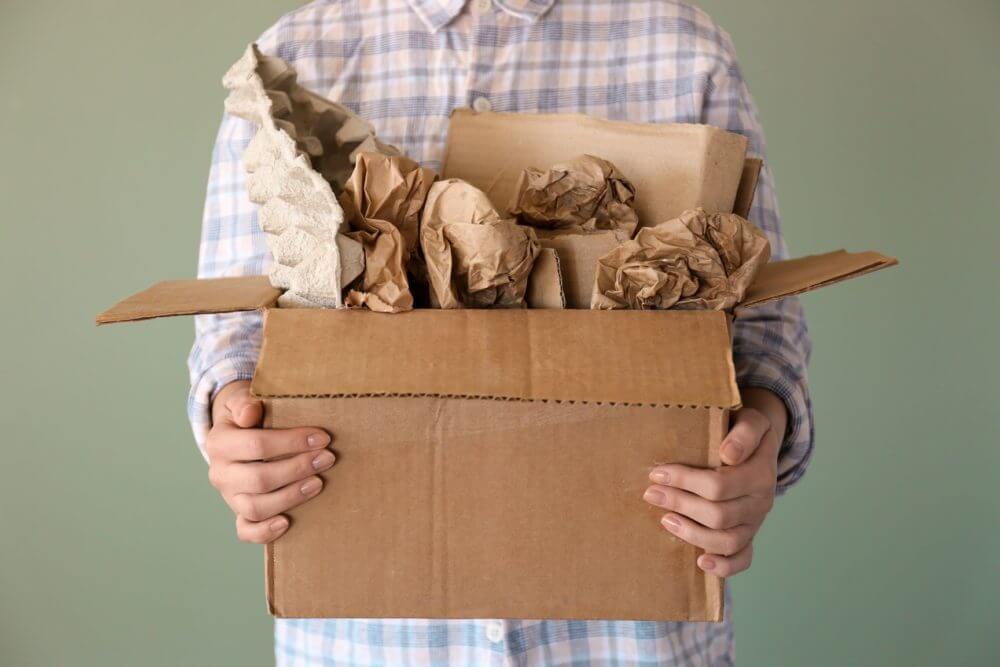
Clean Your Belongings Before Storing
Before boxing up your belongings, it’s essential to give them a good scrub. If you’re in a last-minute moving, wipe them down at least. Assuming they will sit there for a longer period, retrieving your clothing, furniture, and home appliances back from a self-storage unit all stinky and stale is the last thing you want.
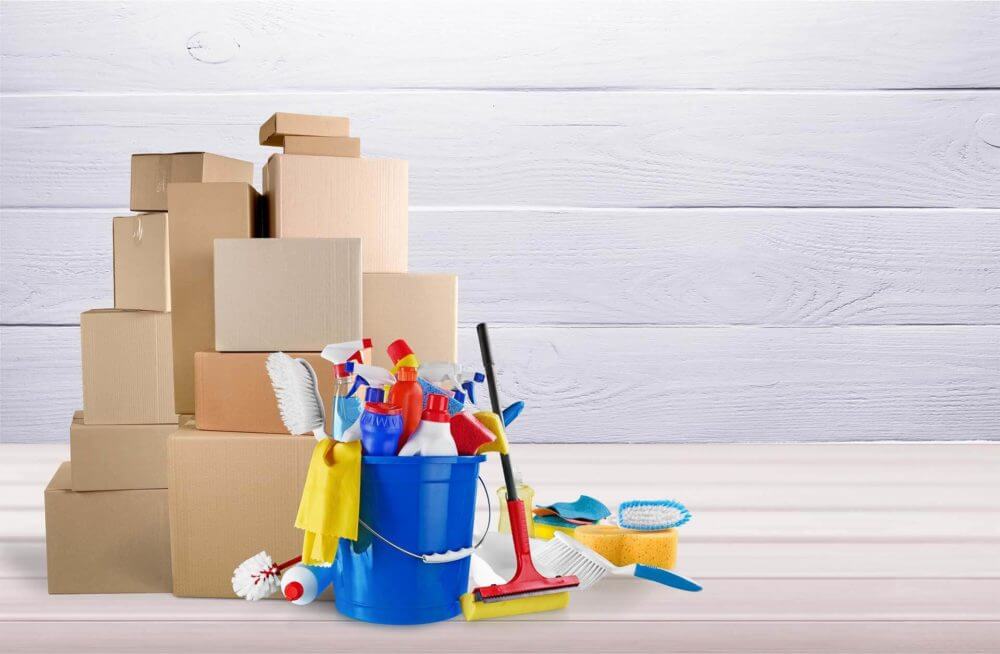
Be Strategic and Maximize the Use of Space
Although there are never enough tips on how to pack and stack your things while making the best use of space, these will surely help you move efficiently. Thinking vertically is only one of them, but when handling your bulkier objects, you’ll need more than that. Supposing you’d like to have easy access to all the things you need, keeping a pathway clear from the front to the back of the unit will make it doable. Also, remember to place the heaviest objects closer to the ground to protect yourself and your stuff. To gain more space, hanging or metal shelves might come as a great solution.
Packing Furniture for Storage Unit Can Help With Getting More Space
A good rule of thumb when it comes to boxing up large items such as furniture, beds, different types of tables, and alike is to disassemble it as much as possible. It’s not only the easiest way to pack, but one of the most ingenious relocation hacks out there to save some more space and protect your stuff better. Some pieces can’t be broken down, but these can be very useful to store more vulnerable objects within or underneath. Drawers are a good example, as well as certain types of tables. Draping your furniture with blankets and old sheets rather than plastic wrapping material is always a better idea since the latter can easily lead to mold.
Prepare Appliances and Electronic Devices the Right Way
As mentioned above, cleaning appliances thoroughly is crucial, but with ones like dishwashers and fridges, it is critical to leave their doors slightly open. Keeping them closed will hardly prevent moisture from going wild.
And if you’re wondering how to move electronics safely, we’ve also got you covered. It would be best to pack the most sensitive devices into their original boxes if you still have them. If not, finding ones similar to their size will do the trick. Use crumpled packing paper as a filler and make sure the boxes are properly sealed.
Pocket Tip: Always Use Labels When You Pack Your Items
If you want to see your grandmother’s china once again or have any hope of finding the best knife you own for cutting meat, then you better start labeling those boxes. And when we say label, we mean it. Not with general labels like “living room” or “bathroom,” but rather “dessert plates” and “garden tools.” Even though this might appear as a bore, these are the most common things you forget to do when relocating, and doing it now will save you from many headaches later on.
Check out the video below for just an idea for making color-coded labels to organize your home easier.
Wrap All Your Fragile Items With the Utmost Care
How to protect fragile items in moving is a question that brings many troubles to homeowners. But, don’t be reckless and make one of the usual relocation mistakes when it comes to boxing up the breakables – wrapping them sloppily. Whether you opt for a bubble wrap or a newspaper, or maybe even both of them, do it correctly. Lining the bottom of the boxes with any padding material of your choice and double-wrapping will safeguard even your most vulnerable belongings. The same goes for photos and pictures. You don’t have to ask around how to protect framed items when moving. The main task is to ensure that the glass remains intact down the road, and with these tips, their safety is guaranteed. Make sure you do not forget to mark these with “fragile” or “handle with care.”
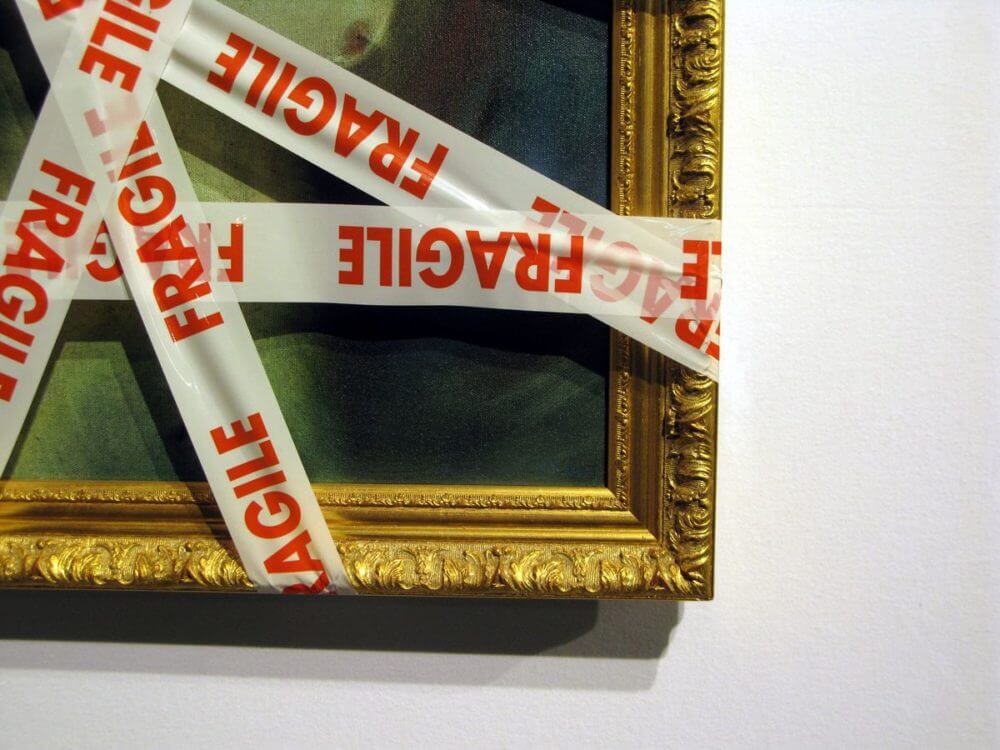
Don’t Hesitate to Call Professional Movers
No matter the proportions of your undertaking, whether it’s about relocating from an apartment to a house or just about an office move, boxing up your stuff and storing them is a tall task to do, particularly if you’re relocating to another state alone. It might be a good idea to consider professional assistance and hire long-distance movers in that case. Packing services and a full package of moving services they provide will give you time to focus on other aspects of your move. This is also an excellent time to inform you about preparing your car for shipping. Yet again, beware of the relocation scams, and take some time to check if a company is legitimate.
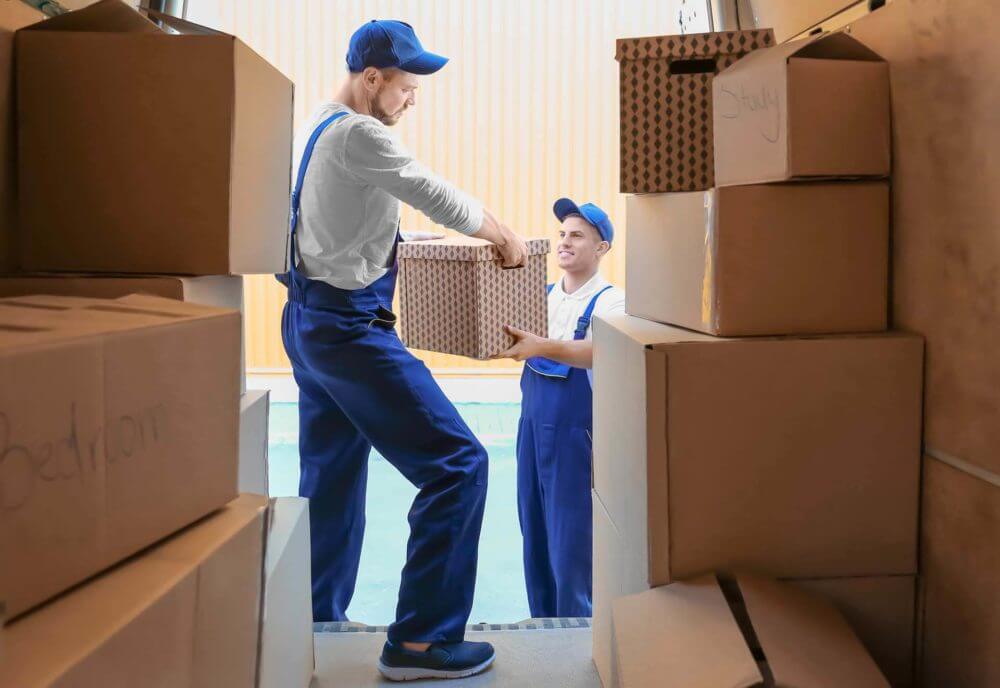
Don’t Forget the Need for a Proper Self-Storage Insurance
Purchasing an insurance plan that suits your needs best is never a bad idea, especially when you can do it safely through a company you just hired to deliver their long-distance moving services. Adding this one to the mix might only give you peace of mind and a more tempting moving deal, most probably.
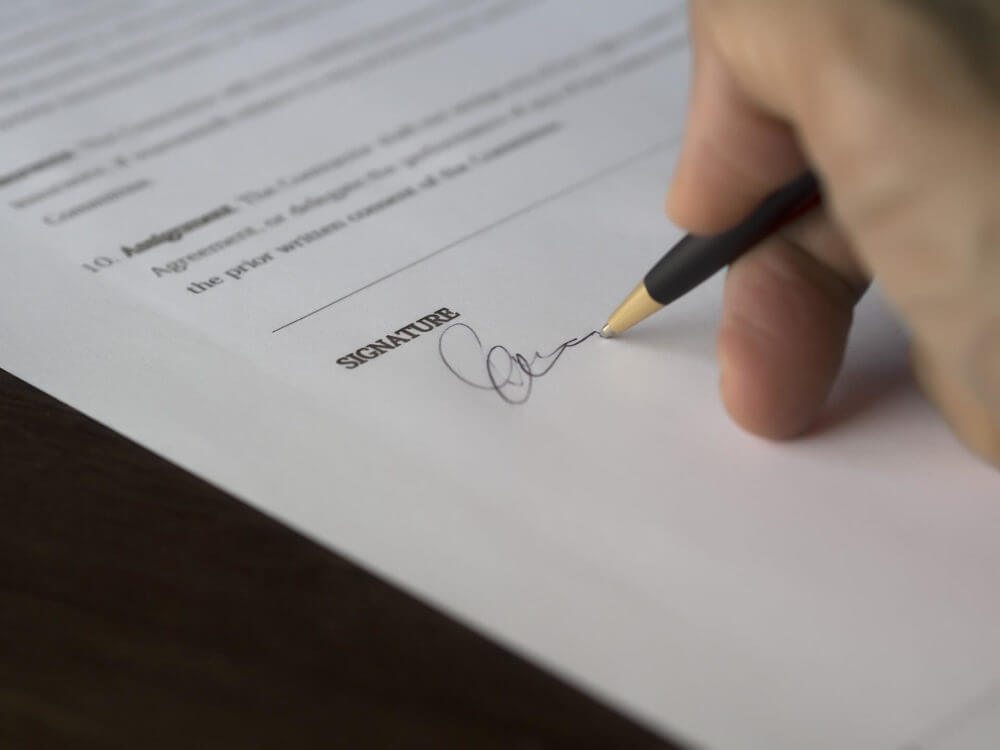
Keep in Mind the Objects You Can’t Stow Away
Now that you know what to pack and how to do it, it’s also important to go through what not to pack for self-storage since not everything is safe enough, and there are regulations you must follow. Here’s a quick rundown of things that shouldn’t go into storage unit:
- Flammable liquids,
- Hazardous materials,
- Items susceptible to mold,
- Perishables,
- Anything living (e.g., plants or animals).
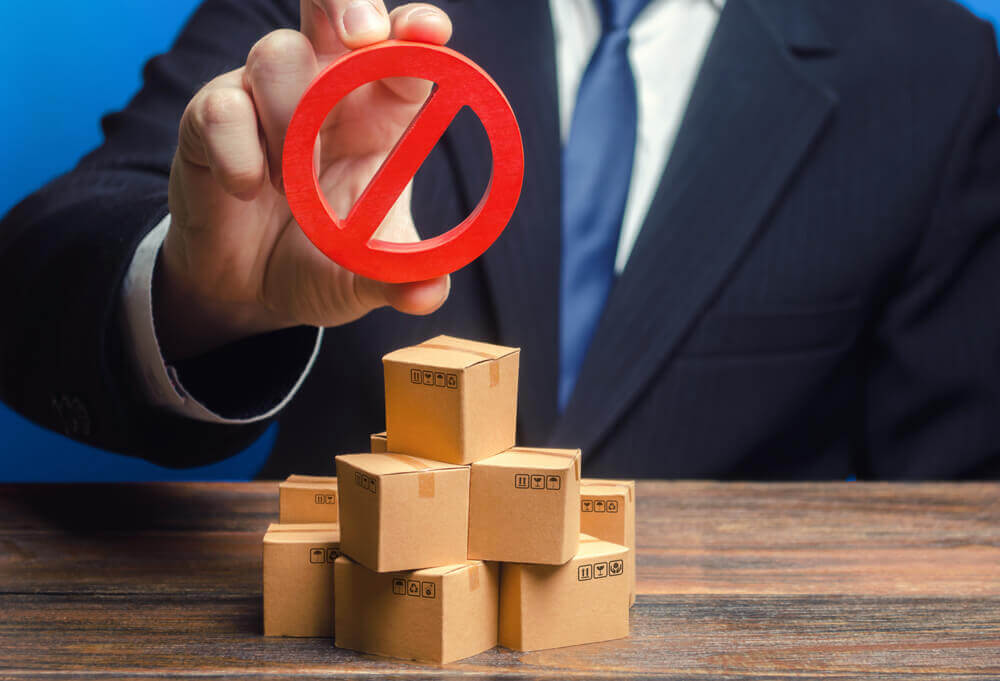
Last but Not Least, the Overall Condition of the Storage Unit
Having your storehouse cleaned from time to time is necessary if you don’t want your belongings to suffer. One of the basic measures to keep the maintenance of stashed things is to prevent dust and mold from building up. This could easily be accomplished by covering all the furniture and other bulky pieces with sheets and blankets. Having a climate-controlled unit is highly recommended since seasons can be damp and harsh, which could eventually seriously damage some of your stuff.
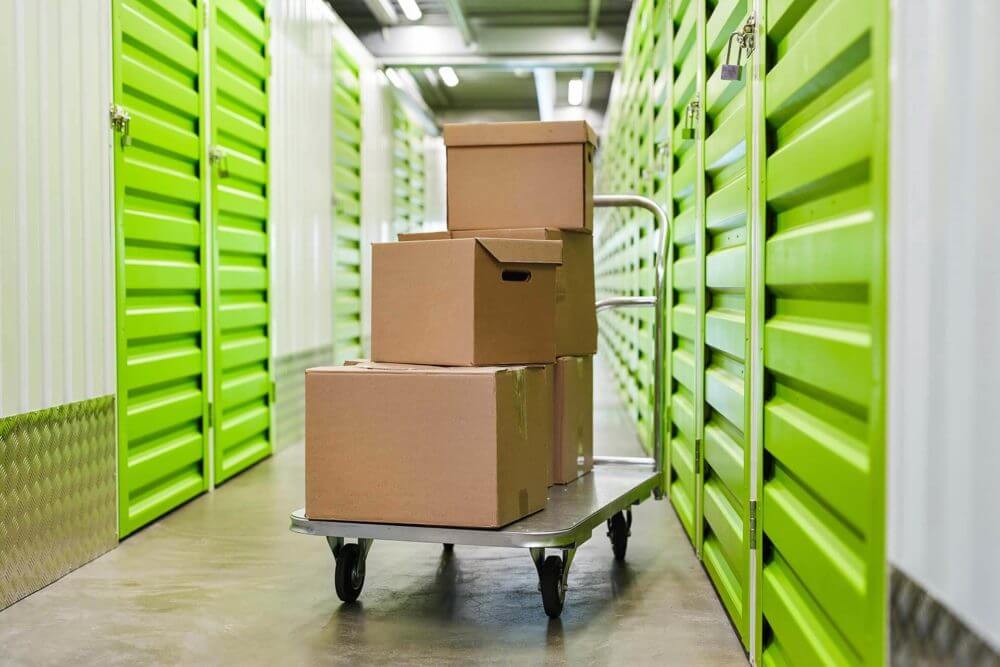
Now You Know How to Protect Items in Storage Units
When stashing things you own, what’s important is you to be sure they are protected, no matter if you’ll keep them there short or long-term. There is no single good reason to treat stored belongings in any other way than the ones currently sitting at your home – with extreme care. This guide will help you tackle the process successfully, but most importantly, it will teach you how to keep your whole house together, safe and sound.
